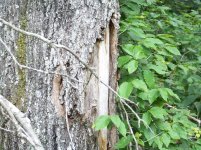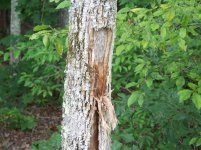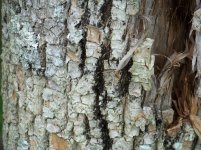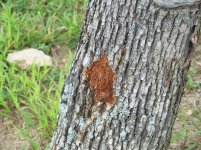LostInTheWoods
Platinum Member
I've noticed some areas on the bark of several trees on our property. Only on oaks and one hickory that I've seen so far.
Any ideas? I noticed some areas like this last year, but seems more prevalent this year...
Any ideas? I noticed some areas like this last year, but seems more prevalent this year...



